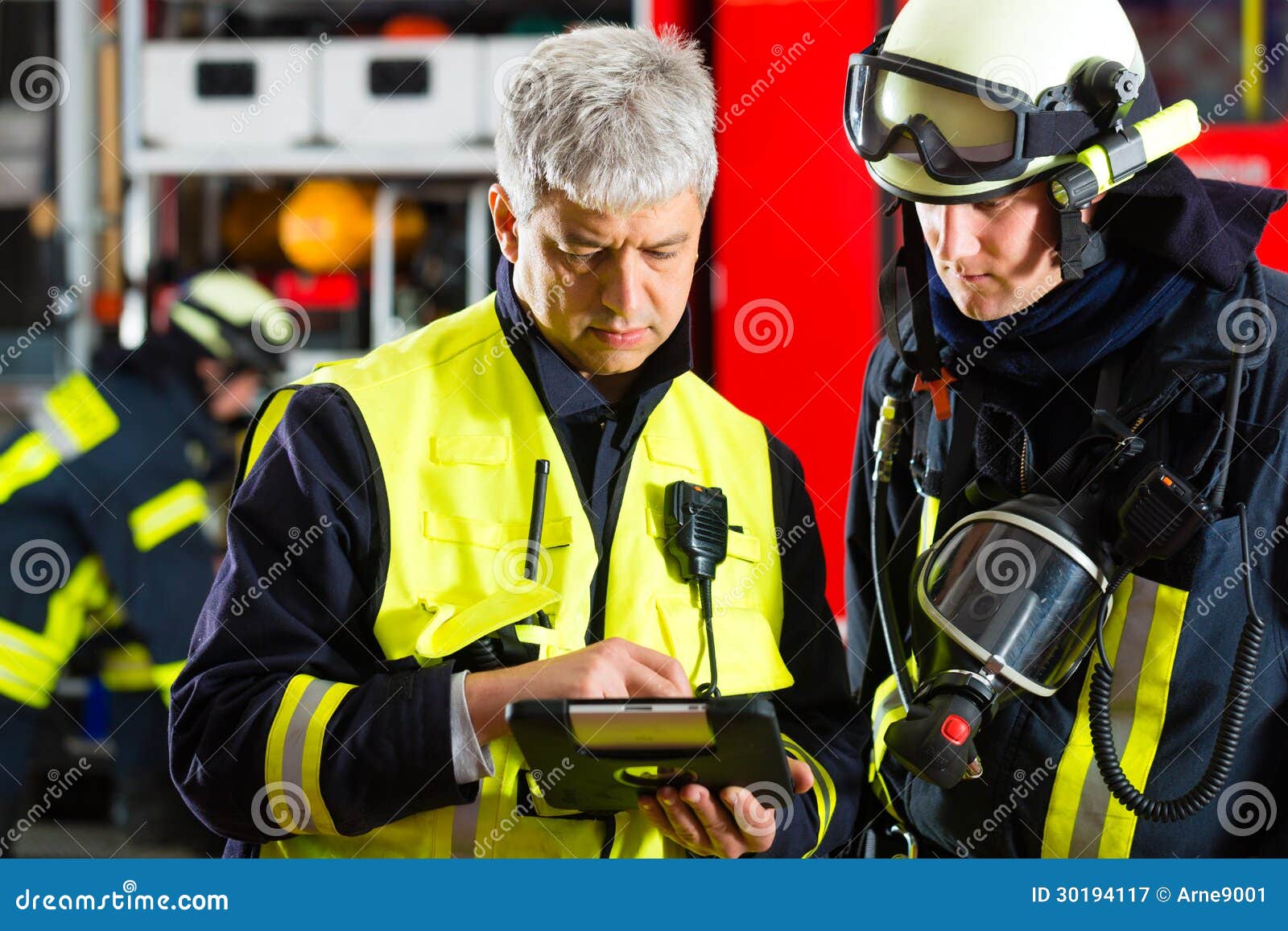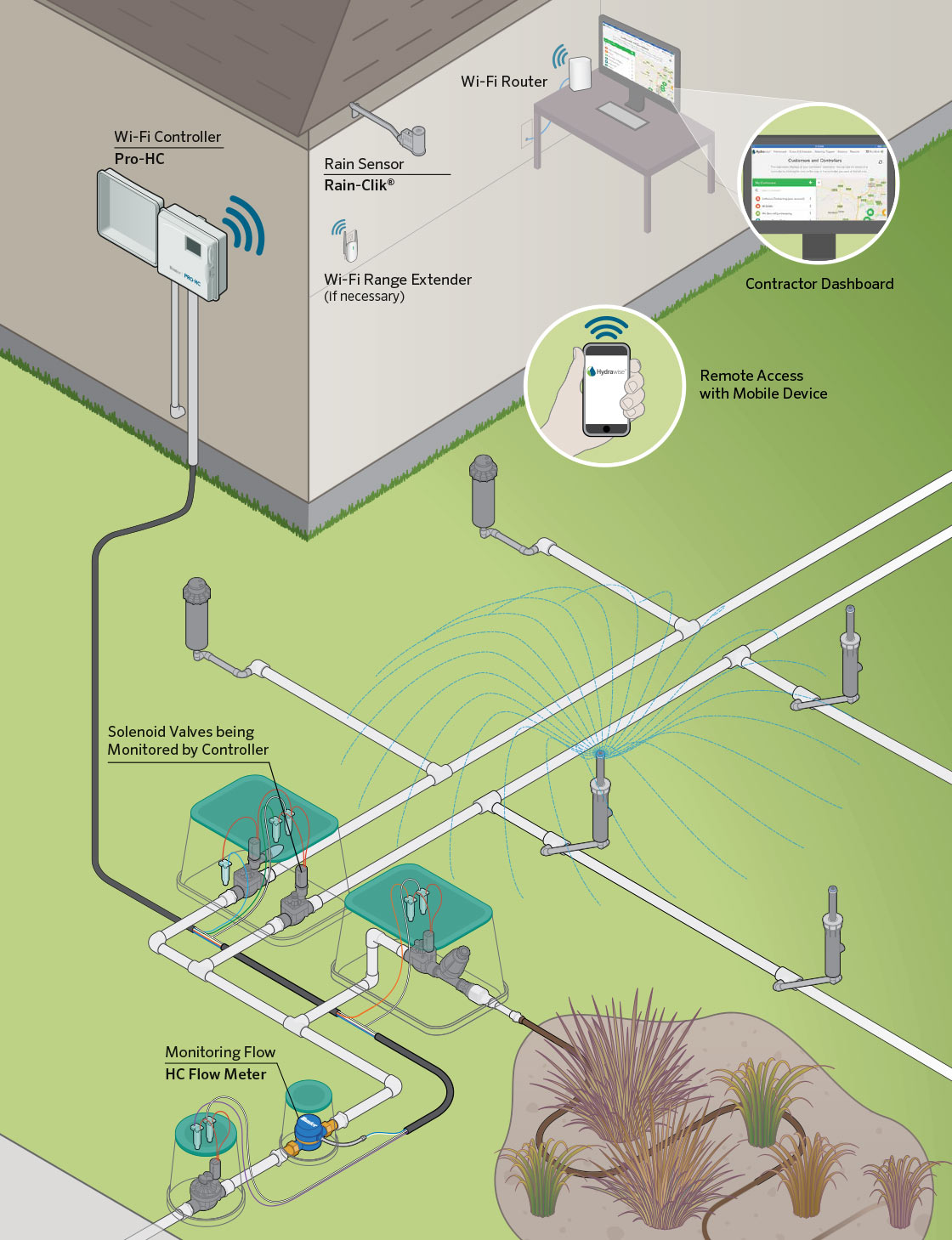A Complete Overview of Sprinkler Systems and Brigade Readiness
A Complete Overview of Sprinkler Systems and Brigade Readiness
Blog Article
Fire safety is not just a precaution; it’s a necessity. Automatic fire suppression technologies and emergency response drills act as a dual approach for minimizing fire damage.
Automatic sprinklers focus on rapid response, well-trained teams ensure comprehensive safety. Together, these solutions form an effective defense against fire hazards.
The Basics of Fire Suppression Technology
Fire sprinklers work to contain fire spread. Responding to rising heat levels, they spray water to affected areas.

Core benefits to install sprinkler systems include:
- Rapid fire control: Ensures faster containment.
- Self-activating systems: Works independently.
- Localized activation: Limits water waste.
sistema de combate a incêndio sprinkler
The Role of Fire Brigade Training in Fire Safety
Fire brigade training develops responders to act during fire crises. Despite having automated suppression technology, fire brigade efforts are invaluable.

Response readiness courses teach the following areas:
- Fire prevention awareness: Preventing incidents through awareness.
- Effective evacuation procedures: Reducing panic during emergencies.
- Practical fire suppression techniques: Practicing real-life scenarios.
How Sprinkler Systems and Fire Brigade Training Work Together
Advanced sprinklers working with skilled teams offer a dual layer of protection. Advanced systems tackle the early stage, human responders ensure thorough management.

The integration of systems and training saves lives and property for homes and apartments, business properties, and industrial sites.
Conclusion: Prioritizing Fire Safety with Technology and Training
An integrated approach to fire protection includes both technology and training. Sprinkler systems control fires quickly, while emergency drills prepares individuals for any scenario.
Take action to improve fire protection now by scheduling fire brigade training. Advanced tools and skilled teams make all the difference!
Report this page